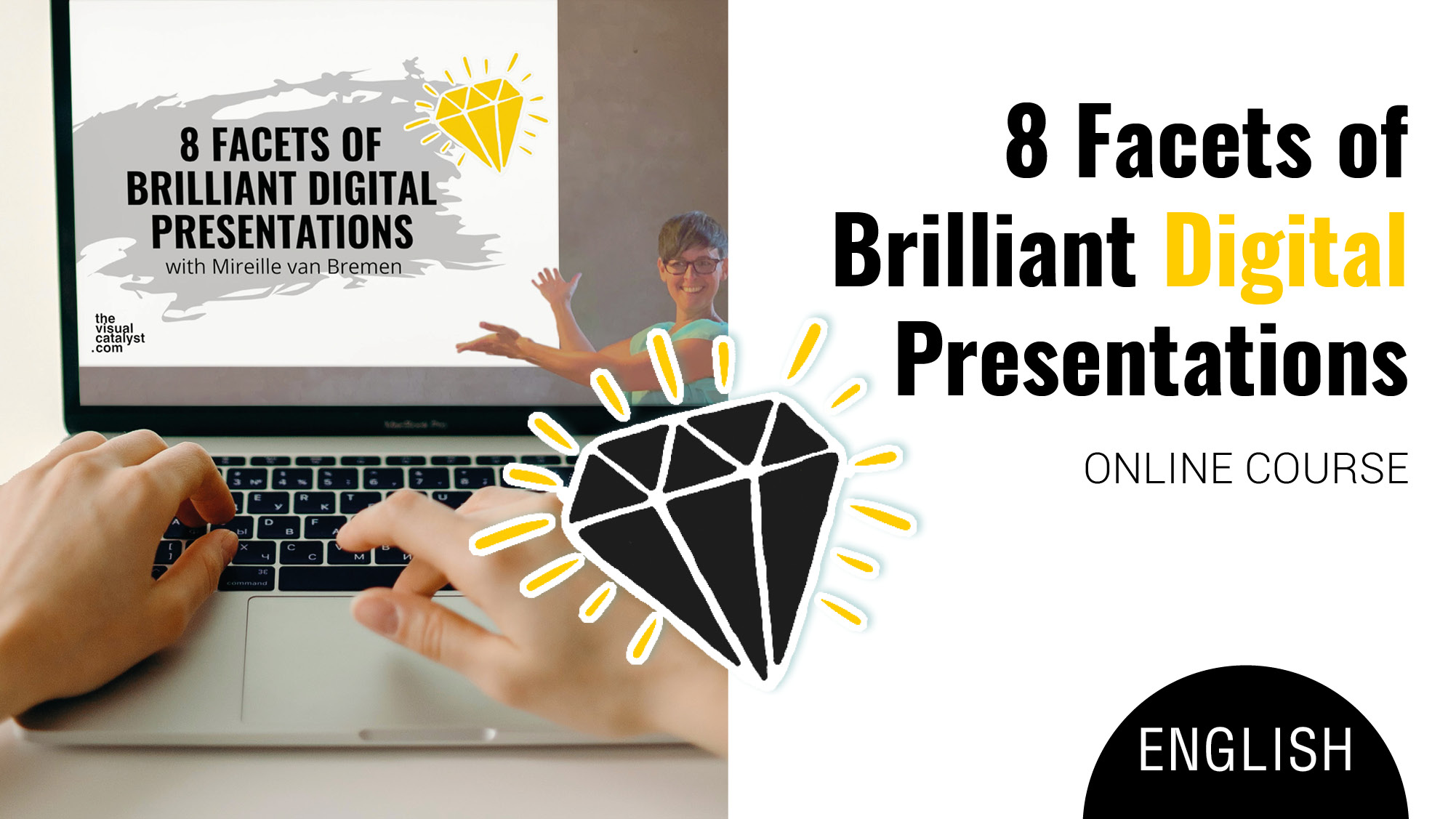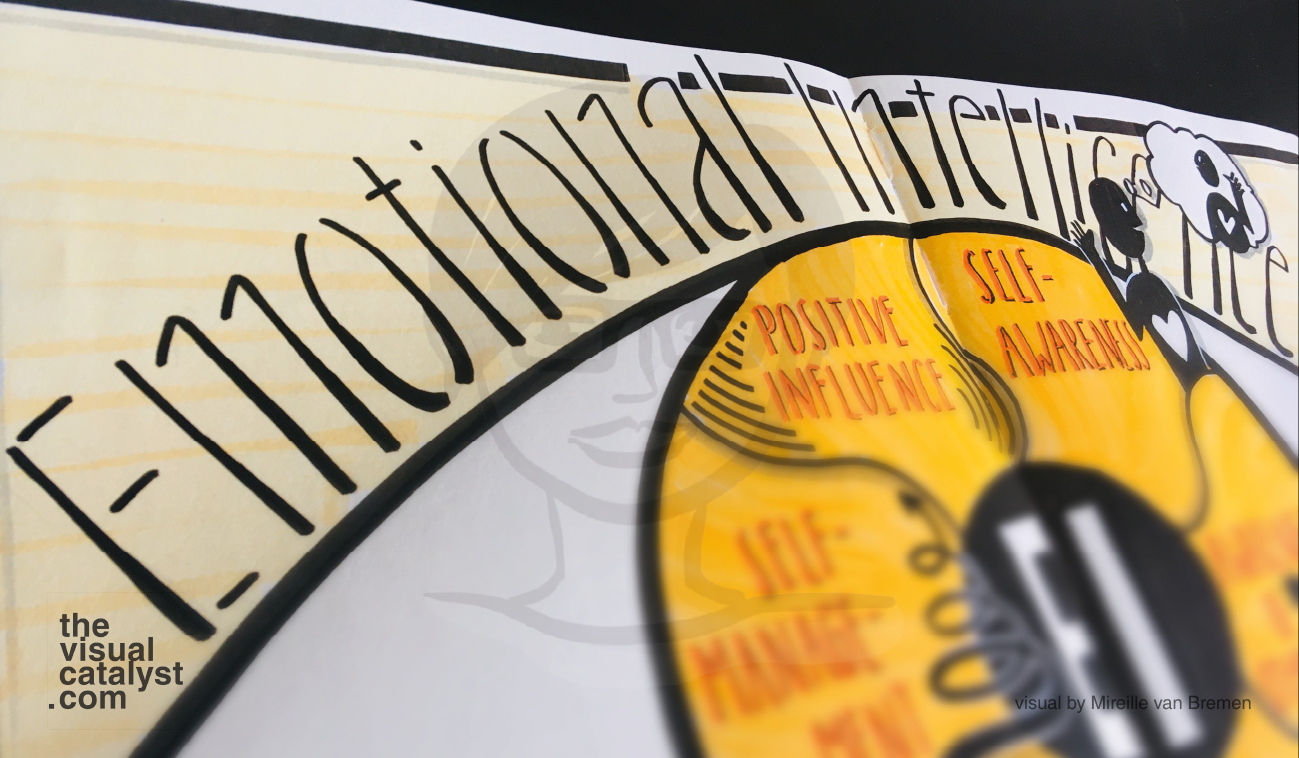
I sit in the tea house where I am typing up this post. It’s a peaceful place, not to quiet and not to loud in any way. The table is covered with tea, notebook, markers, my phone my iPad.
SHORTCUT: START READING BELOW THE NEXT IMAGE
In front of me on the couch, an older man reads the newspaper, while pre-school boy who is with him, plays with a few toys. At some point they start playing together with a tennis ball. It powerfully bounces from the floor and the walls, with a sound that even Vivaldi’s concert can’t play up to thru my headphones. The ball reaches some two meters high and moves in all directions. Several times it ends up between my legs. Their play lasts some minutes before I start to feel disturbed with the constant movement. I feel slightly concerned when paying attention to the cup of tea and two electrical devices on the table.
I want to make a request of them and speak up to the man. I tell him I feel restless sitting alongside their ball play… before I can complete my request, he reacts to my words. ‘Restless? This is a playground, not an office. You should go work in the library. It’s not us who should go there to play.’
‘We are both here in the tea house’, I respond. ‘Yes, but you are the one working here,’ he replies. I tell him it doesn’t matter what the purpose of my visit is. I change my strategy and instead of making my request, I let him know I haven’t told him where to go. I only telling him how I feel sitting next to them, doing what they do. What he will do with this information is up to him to decide.
Had I had a chance to finish my sentence at the start, I would have requested him to throw less high and powerful, or consider quitting this play all together. The way he responded however, was not reassuring me, any request of my side was going to land for him as a request, but rather as a demand. I decided to drop my request all together and invite him into making decisions accounting all the information present to him and in alignment with his own values. Somehow I was trusting this was going to have a larger positive influence on the interaction between us and in the room, where by now others were looking at us.
Ironically, I had just started writing a post about emotional intelligence.
Thank you universe.
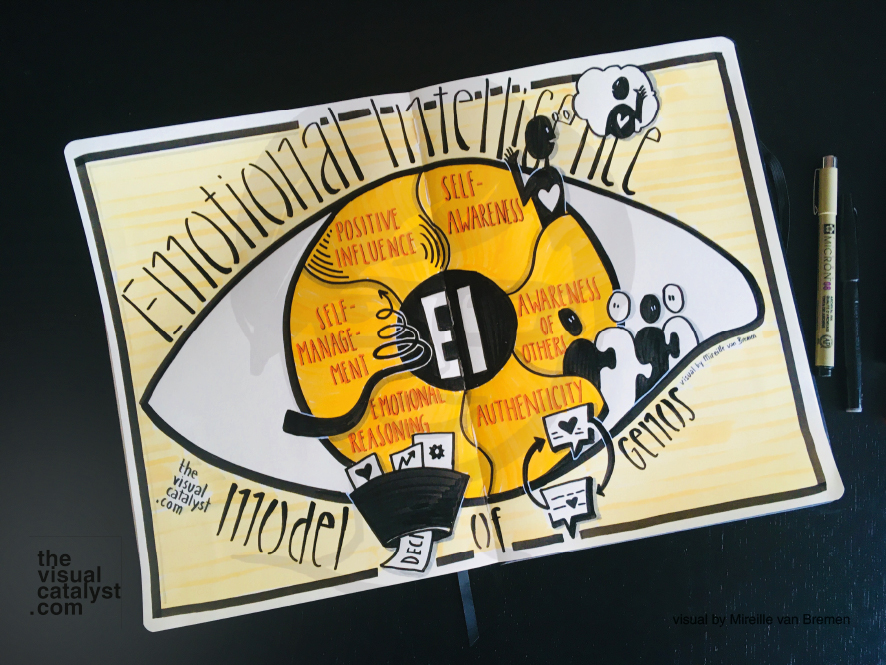
What does this story have to do with you as a trainer you might wonder?
Let me change the question.
Did you ever eliminate emotions and feelings from a training you facilitated?
(I would seriously be interested to see an experiment like that in a train-the-trainer program. If you are too, let’s talk!) 🙂
Though I am really interested in what that looks like (feels like ;-)), I think it is a rather impossible task. Also I don’t think the training will be a great success nor would the impact be as positive as desired. What do you think?
In my view, visual communication and emotional intelligence are THE leadership skills of the 21st century. Both of them address inclusion, enhance collaboration and lead to greater transparency and harmony in our lives, the workplace and in the world. With artificial intelligence increasing, the need for emotional intelligent leadership increases as well.
I also believe that trainers have more impact when they respond and behave in an emotional intelligent way. If the topic of your training is in the spectrum of emotional intelligence, even more.
The better we are able to perceive, understand, express, reason with emotions in ourselves and others, the more we can positively influence the impact of our decisions, behaviors and performance.
We grow our capacity to behave and respond emotionally intelligent, through feedback from people around us. We can get that feedback by asking and by receiving. But those are yet qualities of emotional intelligence and are not something everyone would habitually ask for or give. That’s why, based on scientific research, assessments have been developed to support and facilitate this feedback process, especially when it comes to the workfloor and leadership development.
In the past months I have been studying the model of Emotional Intelligence from Genos. The assessments based on this model, are exclusively focused on emotionally based behaviors in the workplace. The credible feedback is provided by people who experience the behavior or the person assessed often and long enough to make sense. This makes development and training in emotional intelligence skills relevant for every individual. They address the personal relevance in six different area’s, offering a large amount of insights and opportunities to further develop EI skills.
The 6 elements of the Genos Emotional Intelligence model.
In which area’s do you think your behavior is emotionally intelligent?
In which area’s do you think there are opportunities for you?
SELF-AWARENESS
Aware of the way we feel and understand our feelings, we recognize they impact our decisions, behavior and performance. The way we choose to use this information, is what helps us anticipate on situations.
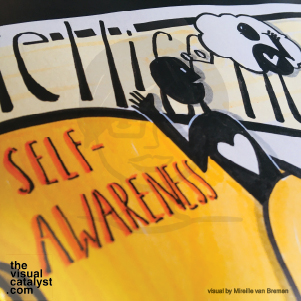
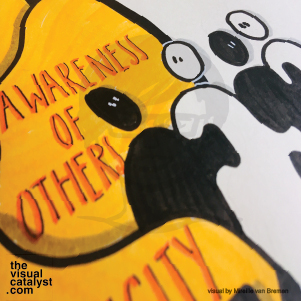
AWARENESS OF OTHERS
To what degree we acknowledge, perceive and understand the emotions of others, we can demonstrate empathy, anticipate responses or reactions and adjust behavior to move into alignment.
AUTHENTICITY
Openly and effectively expressing to others how we feel, at the right time, to the right degree and to the right person, provides them valuable information about the what is going on for us. We also continuously give feedback, honor commitments and encourage others to do the same.
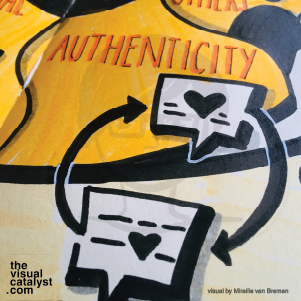
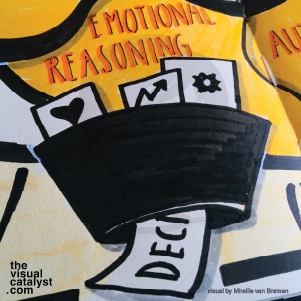
EMOTIONAL REASONING
Rather than to account only facts and technical information, we are (together) more likely to follow through on decisions when we account the information in feelings related to the decision and the impact of the decision.
SELF-MANAGEMENT
Despite and because of high demands in the workplace, I continuously assess my mood, emotions, time and behavior, which leads to optimism and seeing opportunities and possibilities, even in the face of adversity.
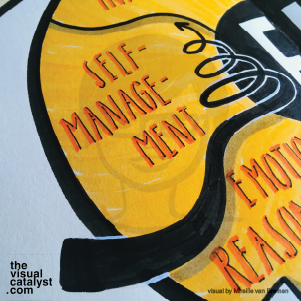
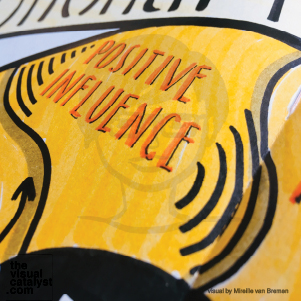
POSITIVE INFLUENCE
Creating a positive working environment through providing feedback, problem solving, recognizing others need support and by supporting them, we empower and encourage others to cooperate and work effectively.
Do you want to know more about designing slides like a designer?
After this free program, the response of your audience on your webinar, meeting, workshop, lecture, training (video’s), won’t be the same!
Do you want learn how to visually attune yourself to your audience and be more effective with your training programs?
Learn about the 8 facets that help you visually attune your communication & facilitation to the audience in your training!

My name is MIREILLE VAN BREMEN
Visual Empathy Trainer and Coach ◉ NVC based Conflict Coach & Mediator ◉ Graphic Recorder, Illustrator, Designer
I help organizations and trainers to be visually attuned to their audience and offer visual expressions of understanding, with the intention to create connection.
Organizations hire me to visually empower their communication strategies.
Trainers and coaches join my visual empathy courses to increase the relevance and efficacy of their Empathic or Nonviolent Communication training programs.

